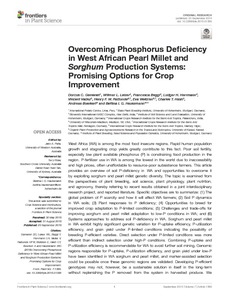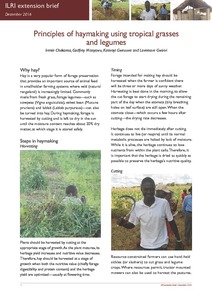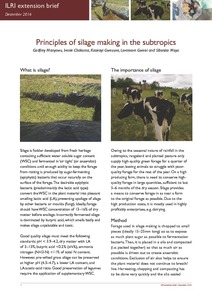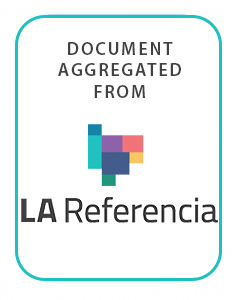Improved forages and milk production in East Africa. A case study in the series: Economic foresight for understanding the role of investments in agriculture for the global food system
Production of livestock and dairy products in Sub-Saharan Africa has not kept pace with growing demand. The potential exists to close this gap in a climate-friendly way through the introduction of improved forage varieties of the Brachiaria genus. We assess the potential economic impact of the development and release of such varieties in six East African countries using an economic surplus model. Results are presented across a range of potential scenarios involving different adoption rates and percentage increases in productivity.











